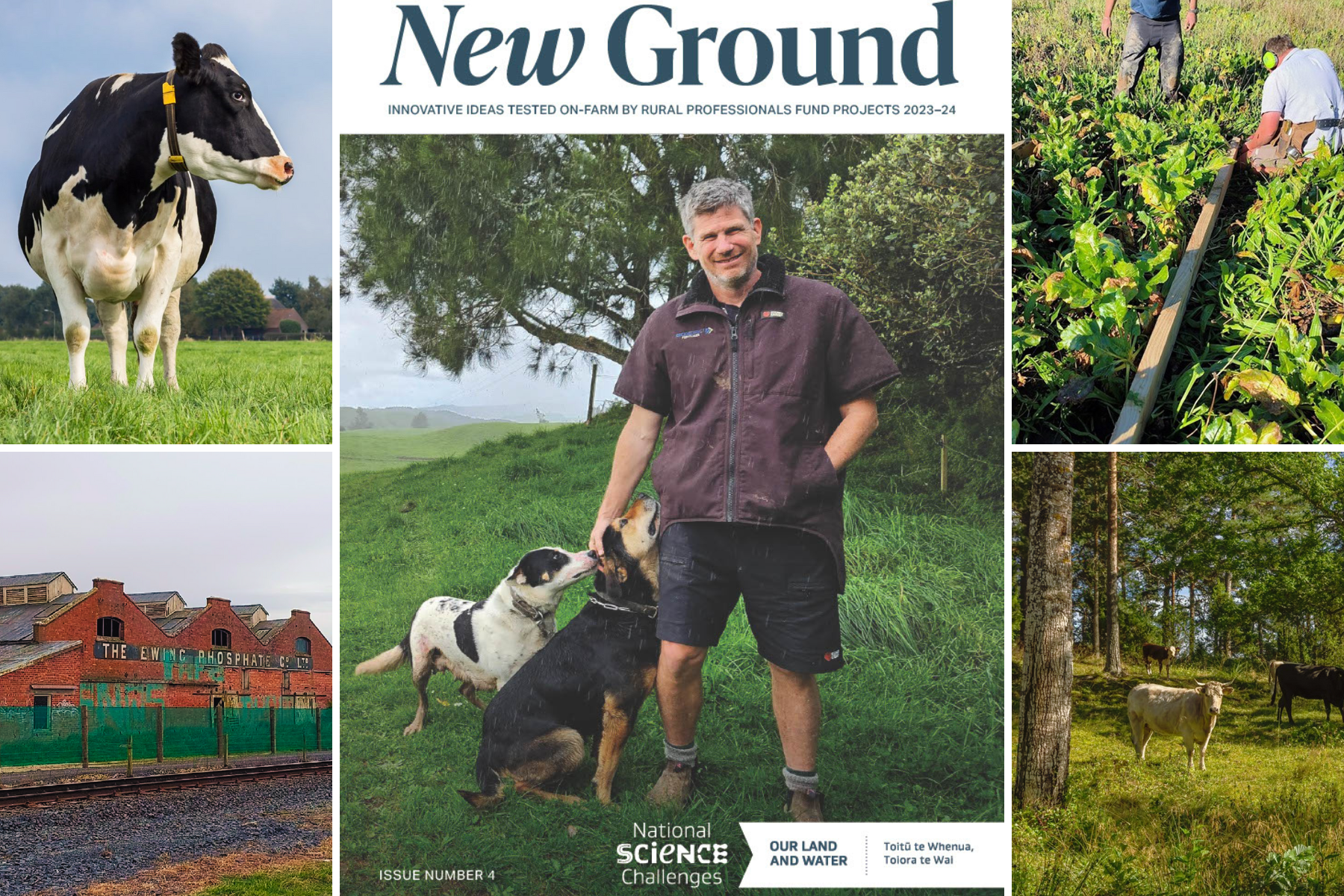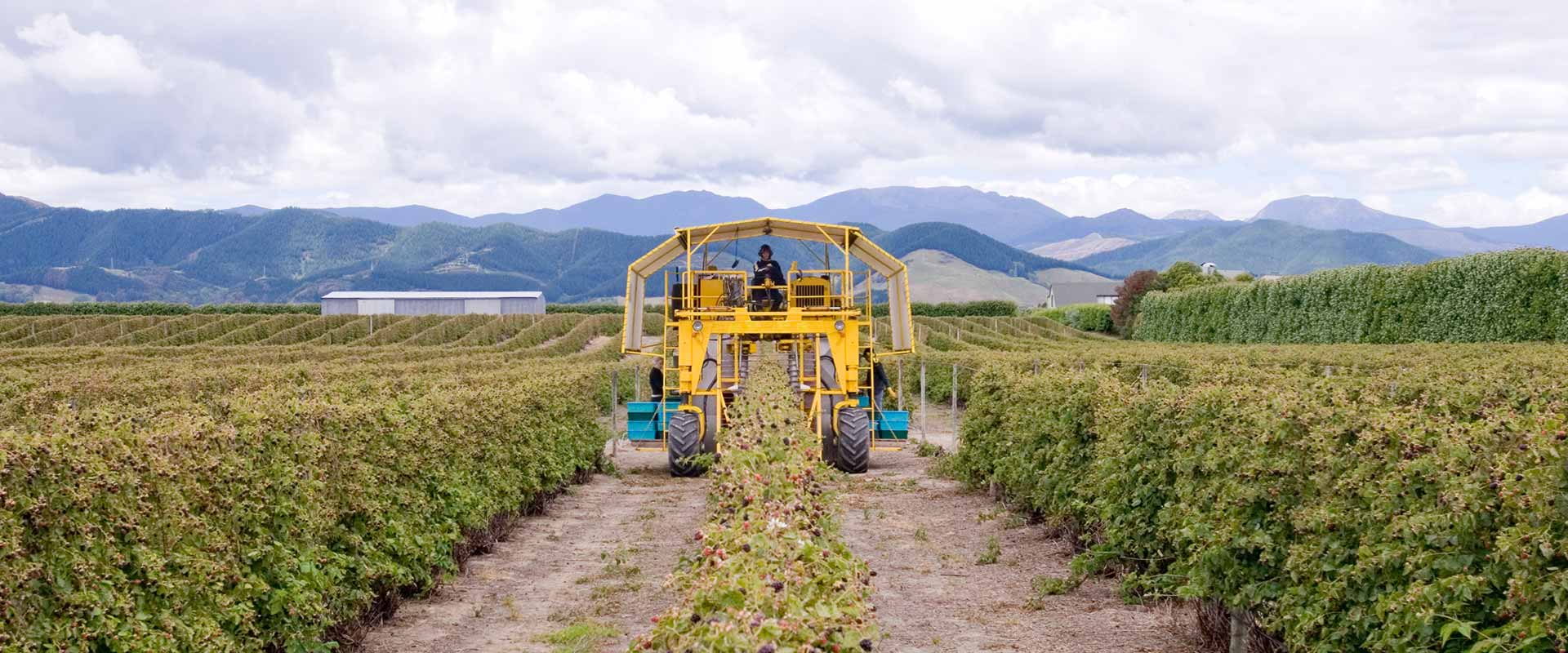Using Cause and Effect Relationships to Enhance Freshwater Management
February 2021
We’ve summarised research on how Aotearoa’s fresh water responds to stressors into a short Research Findings Brief. Using Lake Hayes near Queenstown as a scenario example, the research brief describes how this research can be used to prioritise actions to take on land to prevent and reverse degradation. This research can help us manage and restore fresh water, and encourages deeper understanding of complex ecosystems.
Research Findings Brief
Source: R. W. McDowell, M. Schallenberg, S. Larned, A strategy for optimizing catchment management actions to stressor-response relationships in freshwaters (Ecosphere 2018) doi.org/10.1002/ecs2.2482
S. Larned & M. Schallenberg, Stressor-response relationships and the prospective management of aquatic ecosystems (New Zealand Journal of Marine and Freshwater Research 2019, 53:4, 489-512) doi.org/10.1080/00288330.2018.1524388
M. Schallenberg, The application of stressorresponse relationships in the management of lake eutrophication (Inland Waters 2020) doi.org/10.1080/20442041.2020.1765714
J. M. Abell, D. kundakci, D. P. Hamilton, P. van Dam-Bates & R. W. McDowell, Quantifying the Extent of Anthropogenic Eutrophication of Lakes at a National Scale in New Zealand (Environmental Science & Technology 2019; 53:9439-9452) doi.org/10.1021/acs.est.9b03120
S. Larned, J. Moores, J. Gadd, B. Baillie & M. Schallenberg, Evidence for the effects of land use on freshwater ecosystems in New Zealand (New Zealand Journal of Marine and Freshwater Research 2020; 54:3, 551-591) doi.org/10.1080/00288330.2019.1695634
 View Our Strategy Document 2019 – 2024
View Our Strategy Document 2019 – 2024



